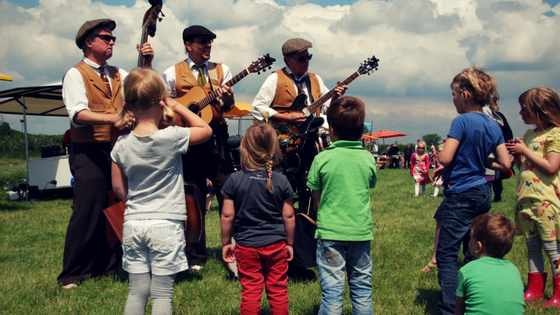The dance of Sound and Vision

“Music should strike fire from the heart of man and bring tears from the eyes of women”- Beethoven.
This quote really shows what we know of music and its effect on our mind and mood. Research shows how music can also be used as a therapy to aid in the development of the brain! In the same way music has made it into our souls, it can really open up and rewire our minds pathways as well.
There is a strong link between what we hear and what we see. Sight and hearing work together to determine our actions and emotions, but how close is the relationship you wonder? So close, that when your eyes move, so do your ear drums!
You can do a test for yourself! If you are very still and careful, you’ll be able to feel the movements. As your eyes move to the right, both eardrums bulged to the left, one inward and one outward. They then bounced back and forth a few times, before coming to a halt. These movements happen every time you move your eyes, whether or not there’s external noise, and the bigger the eye movement, the bigger the wobble in the ears. [1]
Groh has studied this relationship for some time and notes that we automatically read lips when we are surrounded by loud noises. In order for this to work, “the brain has to align visual and auditory information in space, so it knows that those sounds are coming from those lips”. The movements in the ears occur before the eyes actually move, and are present even when there is no sound stimulus. [2]
Understanding this relationship becomes crucial for the rehabilitation and development of the systems we use to move through the world. Using a behavioural optometry approach, we are able to rebuild the mind and body through the visual process while incorporating music/sound to engage the neuro-pathways. Becoming efficient with our visual system will also encourage the auditory system to become more in tune! This breakthrough study is just another confirmation that therapies which involve working with multisensory strategies can improve a greater scope of skills and support the development of multiple skills.
[1] Kurtis G. Grutersa, David L. K. Murphy, Cole D. Jenson, David W. Smith, Christopher A. Shera, and Jennifer M. Groh, The eardrums move when the eyes move: A multisensory effect on the mechanics of hearing, (University of Pittsburgh, Pittsburgh, 2017), 1-10.
[2] M. Groh et al, The eardrums move, 1-10.

